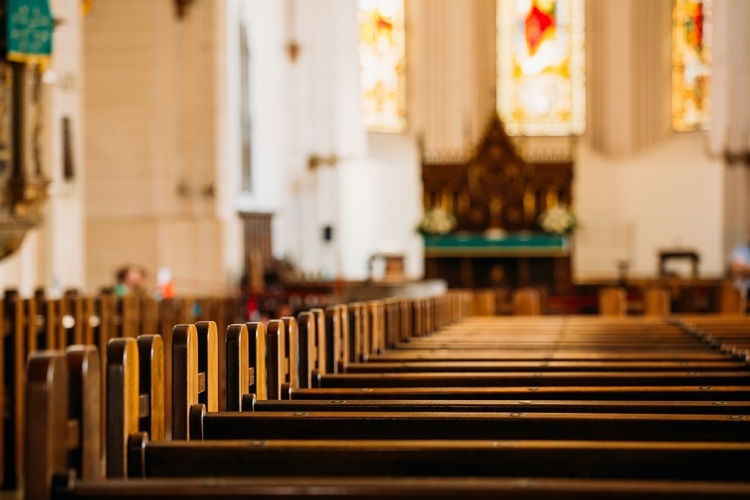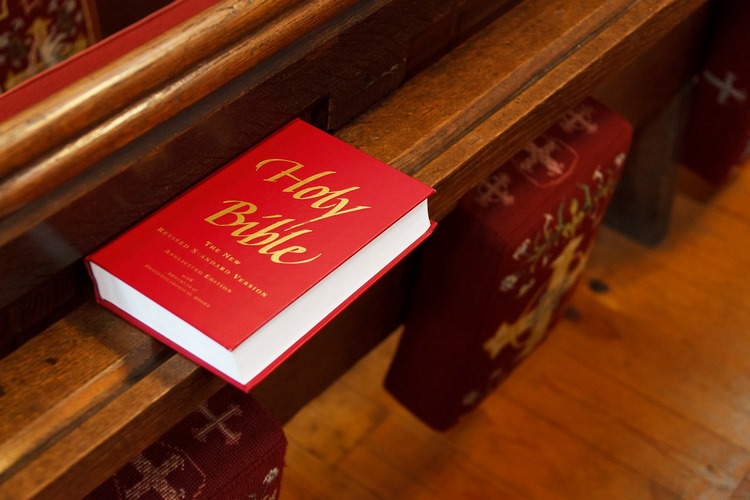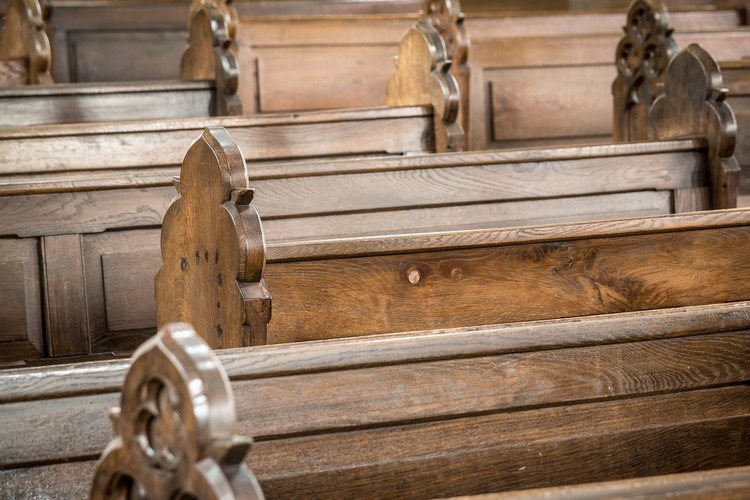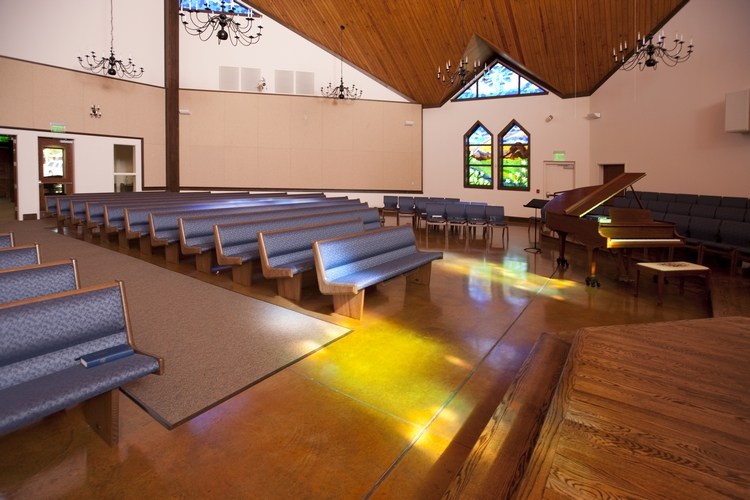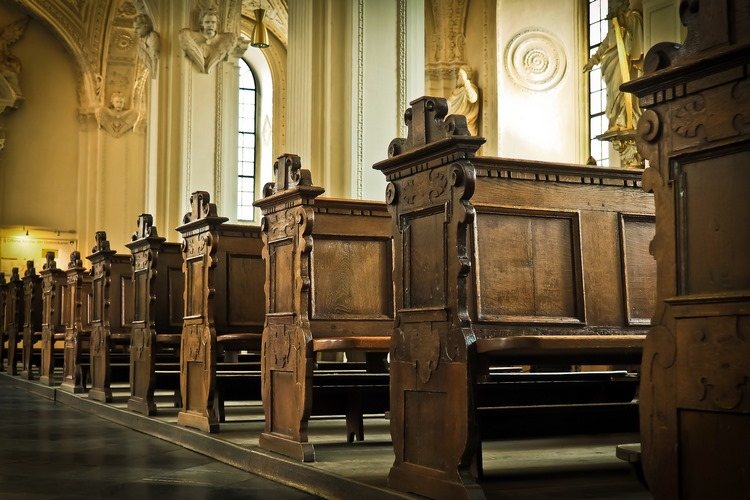In the days of global pandemic we all have to learn living under new conditions. There are strict regulations issued by the governments and health authorities in almost any country in the world advising how to reduce the risk of exposure to COVID-19. We are all aware of the importance of proper hand washing and distance, of cleaning and disinfecting our homes, cars, computers, cell phones, etc.
Proper sanitation and disinfection of public places is even more important – restaurants, cafes, gyms, and of course, houses of worship. How to sanitize church pews for covid-19? What is important to know so that people are safe? How to choose a suitable disinfectant for the pews in your church? We shall give you some practical guidelines that will help you preserve the furniture and at the same time make sure that the environment in the church is as safe as possible.
How to sanitize church pews for covid-19 – important rules to follow
The fact is that there is not a single answer to the question how to sanitize church pews for covid-19. Pews come with different finishes. For example, handcrafted solid wood pews are susceptible to damage by aggressive cleaning agents. Modern church pews come with more resistant finishes, some are upholstered, which will definitely require a different approach to cleaning and disinfecting. However, no matter the type of pews, the main task is to provide a safe environment for both the congregation and the church staff. It is important to understand that cleaning and disinfecting are two different things. While routine cleaning removes germs and dirt from surfaces, disinfection kills germs and that lowers the risk of spreading COVID-19 infection. The pews and other church furniture should be first cleaned and then disinfected.
Here are some practical guidelines to follow:
- Do not neglect skin and eye protection. Make sure you wear disposable gloves when cleaning and disinfecting pews and discard the gloves immediately after cleaning.
- Wash your hands immediately after gloves are removed.
- Carefully read the instructions on the label prior use. Make sure that the disinfectant is suitable for your needs and see if you can use it on the surface type of the pews.
- Always read the precautions.
- Make sure to clean all surfaces before disinfection.
- Do not mix disinfectants with other cleaning products.
- Disinfectants need time to kill germs and manufacturers usually indicate the time that the product needs.
- If you use diluted cleaning solutions, make sure you label them properly.
- Make sure that you store cleaning products and disinfectants as indicated by manufacturer.
- Proper ventilation while disinfection is a must.
How to clean and disinfect church pews for covid-19 without damaging the wood or upholstery?
As we mentioned, different types of finish will require using different cleaning products and disinfectants. How to sanitize wooden church pews? Wood can be easily damaged by harsh cleaning agents or disinfectants. Avoid using abrasive cleaning agents containing ammonia or other solvents as they may damage the pew finish. It is recommended to use a solution of water and soap or mild detergent to clean the pews. Wipe the surface with a damp cloth and immediately wipe dry. Use a cloth to apply disinfectant and leave it on the surface for the advised period of time before wiping it off. We remind you that bleach and alcohol based disinfectants will damage wood finishes over time, so it is better to avoid them. Bleach-free disinfecting wipes are another option.
How to sanitize upholstered church pews? This is another question with many answers due to the many types of upholstery fabric. It is very important to know the type of your upholstery before applying any cleaning products and disinfectant. Again, sanitizing upholstered church pews is a two-step process – cleaning and disinfecting. Bench upholstery should be cleaned with a vacuum cleaner. If you use a cleaning solution, it is best if you test it on a spot that is less noticeable to make sure it will not discolor or damage the fabric. It is best if you check the list of approved and recommended coronavirus disinfectants for your country.


